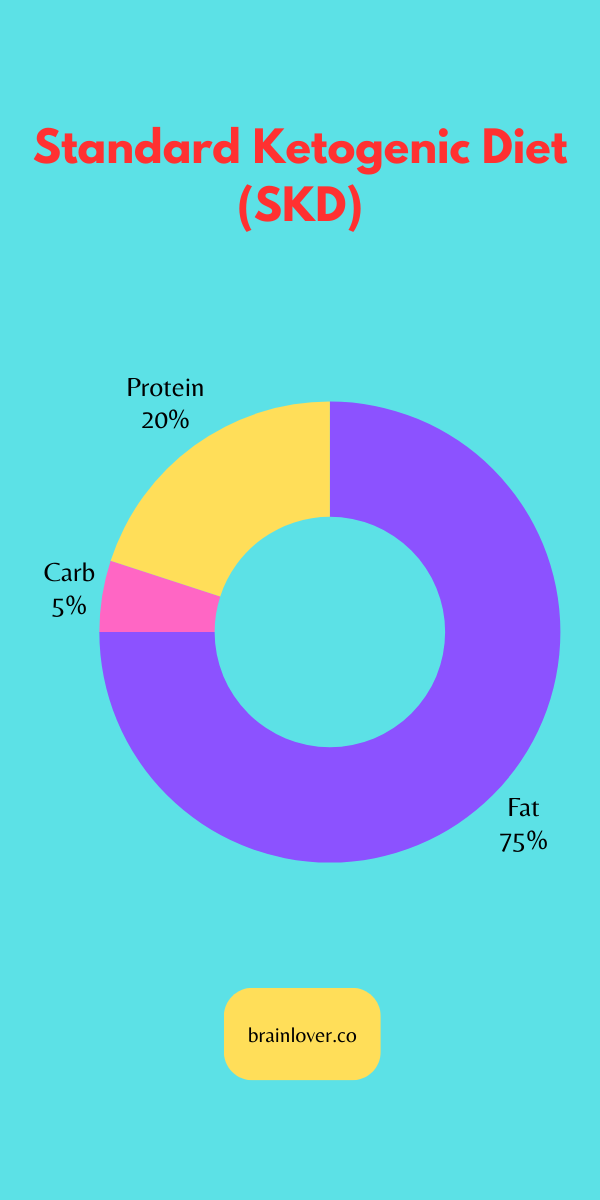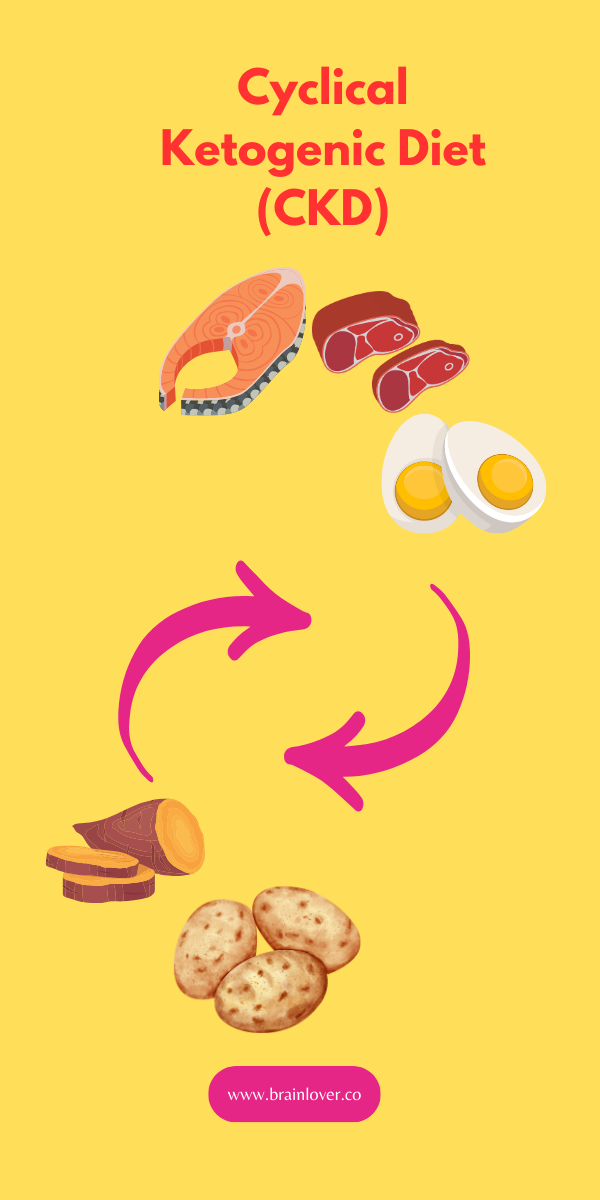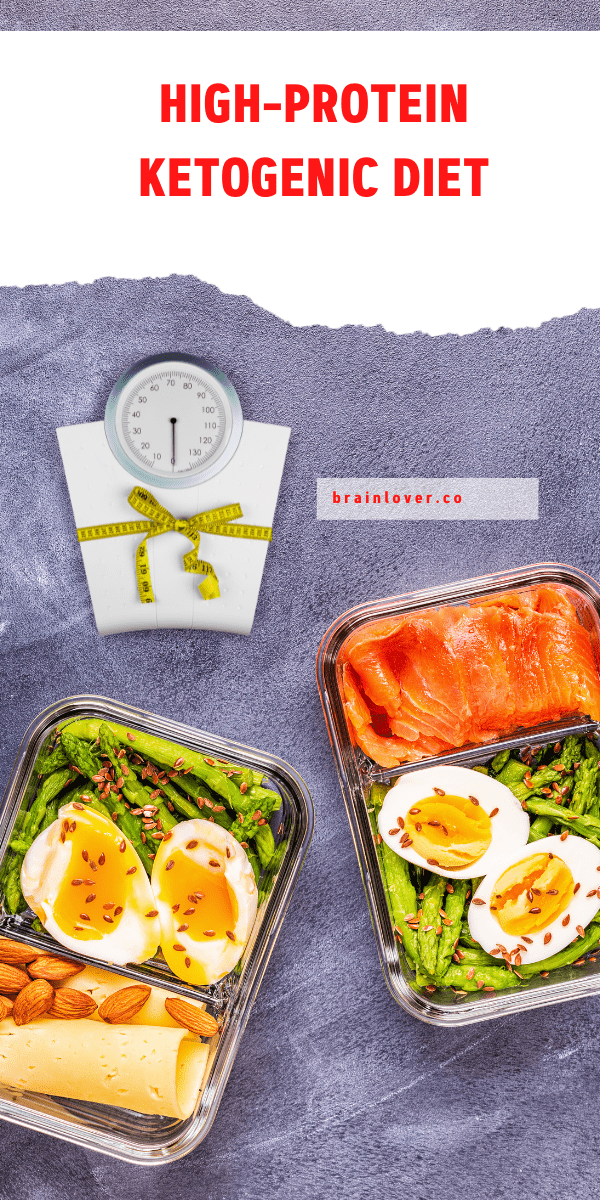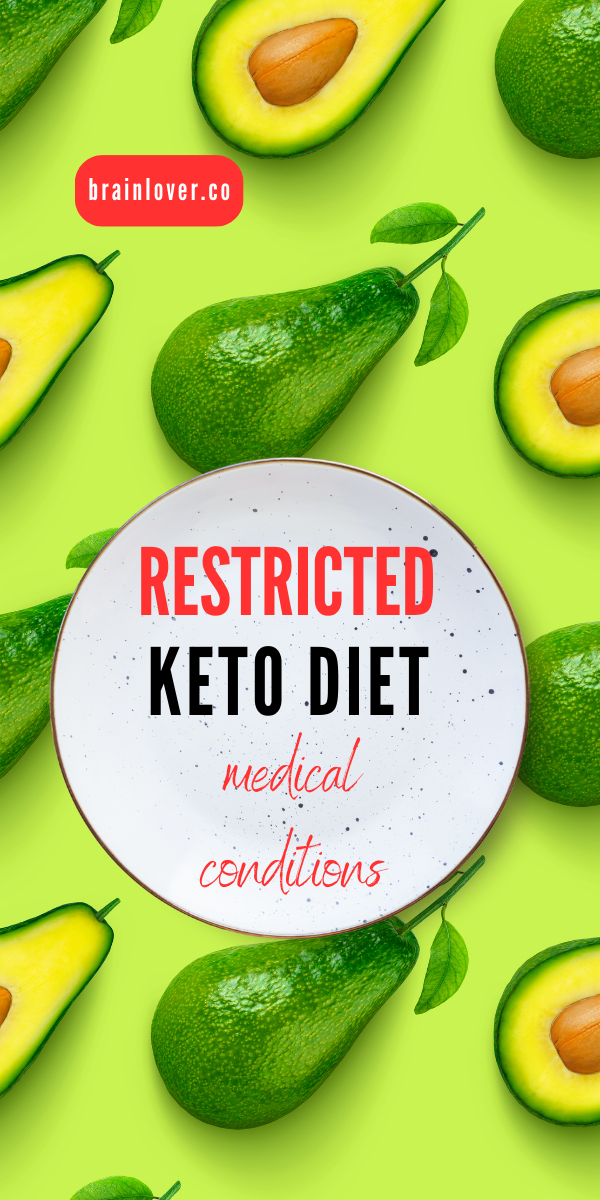Master Your Keto Journey: 5 Potent Types of Ketogenic Diets
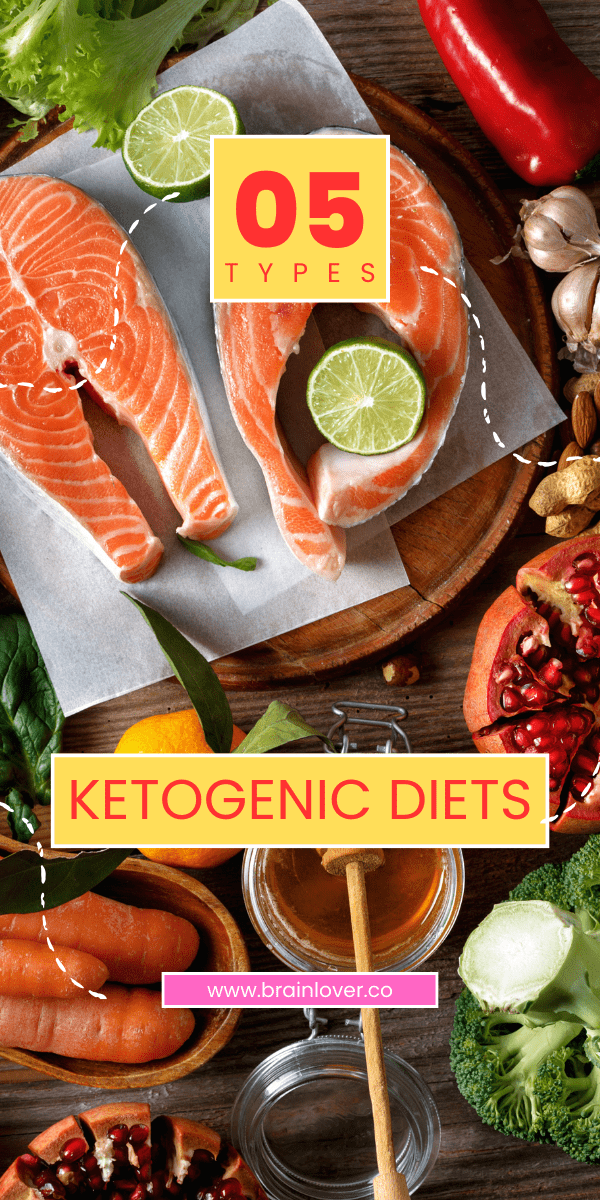
The ketogenic diet has gained significant popularity for its potential health benefits:
- Including weight loss,
- Improved energy levels
- Enhanced mental clarity.
However, there isn’t just one standard ketogenic diet.
There are several variations, each with its unique characteristics and potential benefits.
Understanding the different types of ketogenic diets can help you choose the one that best aligns with your health and wellness goals.
1. Standard Ketogenic Diet (SKD)
The Standard Ketogenic Diet (SKD) is the most common and well-researched type of ketogenic diet.
It typically has a high-fat, moderate-protein, and very low-carbohydrate macronutrient ratio.
The general guideline for the SKD is to consume approximately :
75% fat, 20% protein, and 5% carbohydrates.
This ketogenic diet is known for its effectiveness in promoting weight loss, improving insulin sensitivity, and supporting overall metabolic health.
2. Targeted Ketogenic Diet (TKD)
The Targeted Ketogenic Diet (TKD) is a variation of the standard ketogenic diet that involves consuming a small amount of fast-acting carbohydrates during workouts.
This approach is designed to provide an additional energy source for high-intensity physical activities while still maintaining a state of ketosis during the rest of the day.
Individuals who engage in intense exercise or athletic training may find the TKD beneficial for optimizing performance without compromising ketosis.
3. Cyclical Ketogenic Diet (CKD)
The Cyclical Ketogenic Diet (CKD) involves alternating periods of high-carbohydrate consumption with periods of strict ketogenic eating.
Typically, individuals following CKD will have a designated “carb-loading” phase, often lasting 1-2 days, followed by a period of strict adherence to the ketogenic diet.
This cycling approach is believed to support muscle glycogen replenishment and athletic performance while reaping the metabolic benefits of ketosis during the low-carb phase.
4. High-Protein Ketogenic Diet
As the name suggests, the High-Protein Ketogenic Diet is a variation that emphasizes a higher protein intake than the standard ketogenic diet.
While fat remains the primary macronutrient, the proportion of protein is increased, often accounting for around 35% of total daily calories, with a corresponding reduction in fat intake.
This type of ketogenic diet may be suitable for individuals who are physically active and seeking to preserve or build lean muscle mass while still benefiting from the metabolic effects of ketosis.
5. Restricted Ketogenic Diet
The Restricted Ketogenic Diet is a specialized variation that is often used as a therapeutic approach for specific medical conditions, such as epilepsy or neurodegenerative disorders.
It typically involves a higher fat intake and a stricter carbohydrate limit than the standard ketogenic diet.
The restricted ketogenic diet is carefully monitored and tailored to individual needs under the guidance of healthcare professionals to ensure safety and efficacy.
Recap
Understanding the various types of ketogenic diets empowers individuals to make informed decisions based on their unique health and wellness goals.
Whether the aim is weight management, athletic performance, or therapeutic intervention, a ketogenic diet variation can be tailored to individual needs.
It’s essential to consult with a healthcare professional or a qualified nutrition expert before making significant dietary changes, especially if you have underlying health concerns or medical conditions.
By exploring the different types of ketogenic diets and their potential benefits, individuals can embark on a personalized dietary approach that supports their overall well-being and vitality.

